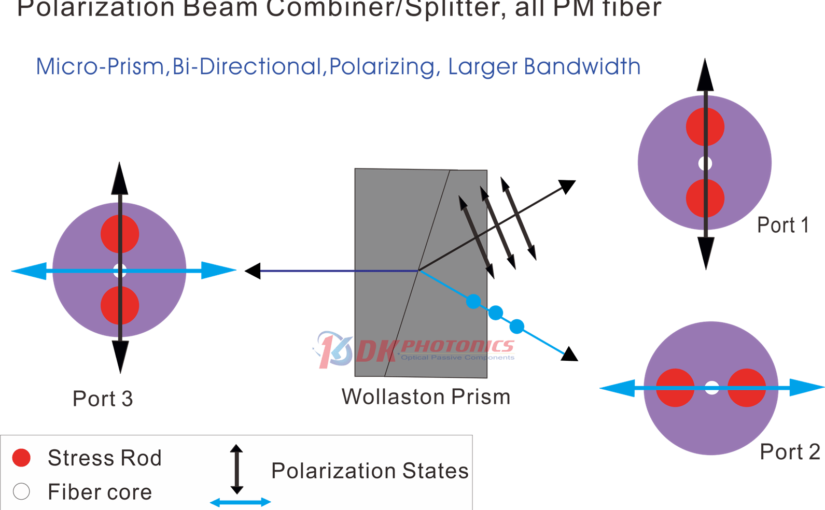Have you ever wondered how different light beams can be combined or split apart in fiber optic systems? Well, that’s where special devices called polarization beam Combiners/Splitters come into play. From their definition, purpose to their application, let us understand them below in the blog.
What are Polarization Beam Combiners/Splitters?
Polarization Beam Combiners/Splitters are unique optical components that can either combine or split light beams based on their polarization. Polarization refers to the orientation of the wiggling motion of the light waves. These devices use this polarization property to manage light beams in a very precise manner.
Their Purpose
The main purpose of Polarization Beam Combiners/Splitters is to either combine multiple light beams into a single beam or to split a single beam into multiple beams. The interesting thing is that they accomplish this without affecting the light beams’ polarization.
Applications
Polarization Beam Combiners/Splitters are incredibly useful in various applications:
Fiber Optic Communications: In fiber optic networks, Polarization Beam Combiners/Splitters help combine or split light signals carrying data. This allows for more efficient use of the fiber cables and higher data transmission rates.
Lasers: In laser systems, Polarization Beam Combiners/Splitters can combine beams from multiple laser sources into a single, powerful beam. They can also split a laser beam for different applications or experiments.
Sensors: Many fiber optic sensors rely on Polarization Beam Combiners/Splitters to combine or split light beams for precise measurements and monitoring.
How They Work
Polarization Beam Combiners/Splitters are designed with special optical coatings or materials that interact with the polarization of light in a specific way. Some common designs include fused fiber couplers, polarizing cube beamsplitters, and birefringent crystal plates.
When a light beam enters a Polarization Beam Combiner/Splitter, its polarization determines whether it will be combined with another beam or split into separate beams. This process happens with incredible precision, ensuring the polarization of the light remains intact.
As you can see, Polarization Beam Combiners/Splitters play a crucial role in many fiber optic and laser applications. They help manage light beams with high accuracy, enabling advanced technologies and enabling us to transmit data, generate powerful lasers, and even monitor our environment using fiber optic sensors.
